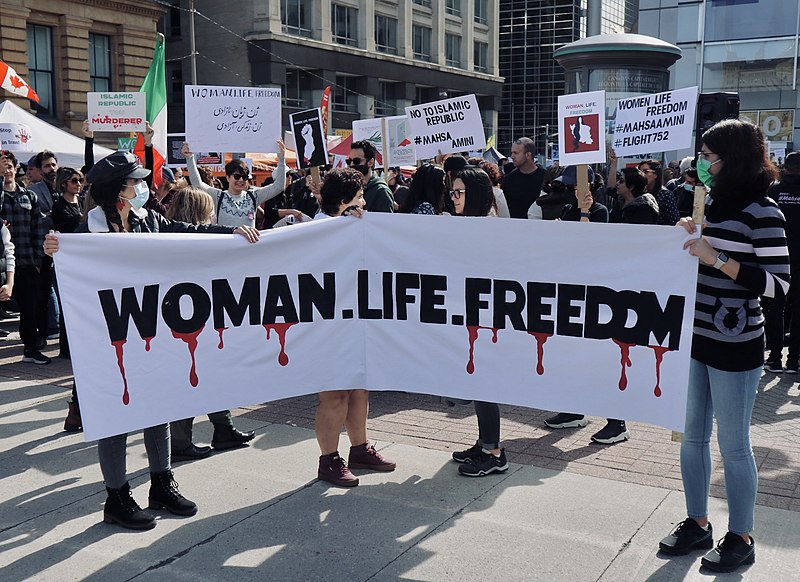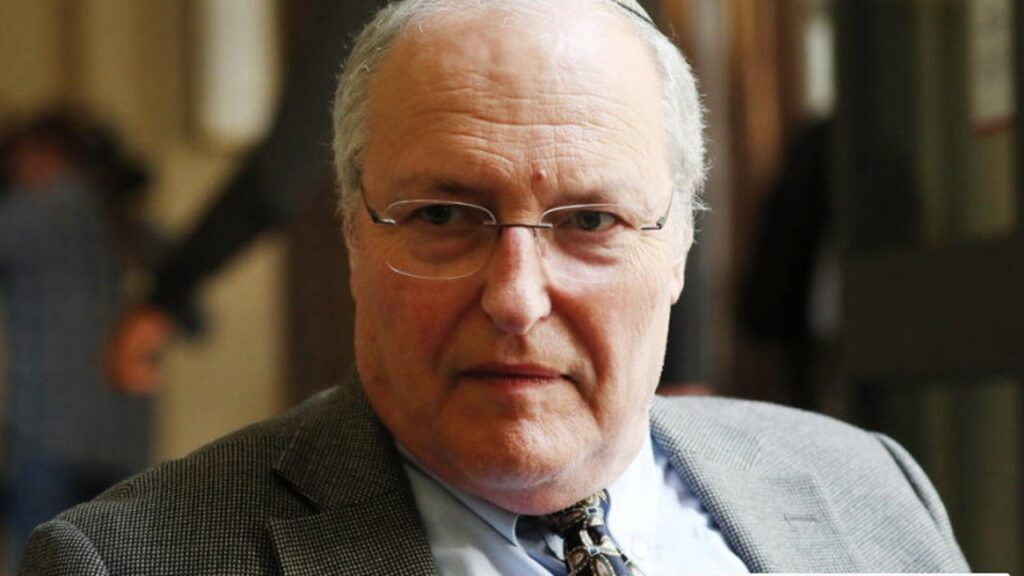FRESH AIR
Settlements squeezed, not surged under Trump
May 5, 2021 | Ahron Shapiro

Contrary to the narrative promoted by a number of Israeli left-wing NGOs that formed the basis for a number of stories filed by international correspondents over the past four years, Israel’s West Bank settlement growth did not experience a “surge” during the Trump presidency but was actually highly restricted. Growth actually reached a nadir last year, which saw the lowest levels of annual housing construction starts in a decade, according to official government-verified statistics and sources in Israeli news reports.
As the Jerusalem Post reported on March 16:
Ground was broken for only 1,026 new settler homes in 2020 – the last year of former US president Donald Trump’s four-year term – according to data published last Thursday by the Central Bureau of Statistics (CBS).
The last time the number was that low was in 2011, when there were 1,109 housing starts.
Israel’s restraint in construction within West Bank settlements is even more starkly apparent when you compare it to its new housing situation countrywide. While nationally – in statistics that included settlements – Israeli housing starts were down 3.5% in 2020, in settlements they decreased by over ten times that rate: 36.3%.
An Israel Hayom story focused on the settlement issue published on January 29 in the first days of the presidency Joe Biden also discussed how Israel handled the issue with his predecessor, which suggested the Trump Administration quietly received Jerusalem’s agreement to place tight conditions on any growth:
“Throughout the presidency of Biden’s predecessor, Donald Trump, the IDF’s Civil Administration in Judea and Samaria could approve construction plans in four separate intervals each year. The construction was carried out adjacent to existing neighborhoods and did not exceed the Blue Line [the settlement’s approved planning footprint]. It was also agreed that the footprint of the new neighborhoods should be as small as possible to avoid spilling over into areas the Americans hold should be part of a future Palestinian state.
“As a result of adhering to the agreement, a large number of apartment buildings were built in the settlements in recent years, and the number of detached houses under construction has declined. In addition, although the agreement allowed for construction in Judea and Samaria to be approved four separates times each year, in practice, Prime Minister Benjamin Netanyahu did so three times a year. All construction plans for Judea and Samaria were also analysed and approved by members of the US administration before being submitted to the Civil Administration’s planning committee.”
On April 20, Tamar Sternthal, director of the Israel office of the Committee for Accuracy in Middle East Reporting and Analysis (CAMERA) published her own point-by-point refutation of allegations made in an April 14 Associated Press (AP) story that settlement growth had spiked under Trump and such growth was continuing into the Biden era.
Exaggerating Israeli settlement growth has long been the rule, not the exception for prominent news wire services like the AP, AFP and Reuters. I’ve written about this phenomenon several times over the years, most recently in 2019 and 2017.
Invariably their reports coincide with press releases and reports publicised by the left-wing NGO Peace Now. As in previous instances, Peace Now’s most recent report focused on the planning process rather than on CBS figures. It is true that a large number of plans to expand settlements were advanced in October 2020, relieving a backlog that had accumulated over months of delays. But advancing plans and actually building units have always been two very separate things, as I wrote in my blog from 2019:
Yes, “advancement” and “planning” or “approval” of settlement construction is a prerequisite for construction and “could” eventually lead to development, as [AP’s bureau chief for Israel and the Palestinian territories Josef] Federman says. Historically, however, there has been no absolute correlation between such planning activity and actual construction, and many such plans never make it out of the planning stage.
In reality, a single project can, and historically has often, been advanced or approved many times over as a political ploy to appease pro-settler coalition parties without having to actually build anything. There can also be a variety of other factors – technical, logistical and otherwise – that can cause West Bank construction projects to fail to be acted upon (which can see approvals re-issued at a later date, and then counted again)…
Peace Now chooses to focus on the issue of approvals because they need something to create anti-settlement headlines and anti-settlement pressure with, but to treat approvals with the same significance as actual construction is a distortion.
Are Israel’s West Bank settlements growing? The truth, though it is rarely reported outside of Israel’s Hebrew language media, is that new houses are being built in the settlements in quantities and at a pace that are much lower and slower than that of construction in the rest of Israel. Moreover, the snail’s pace of construction in the settlements has failed to keep up with the needs of these communities even in terms of supporting natural growth. Last year’s population growth among settlers lagged 17.9% below the average for the decade, and in a further sign of stagnation, a growing majority of that population growth is coming from births, not from new families moving in.
As Israel Hayom reported on January 19 (translated from the Hebrew original):
In the last decade the settlements have grown by an average of 14,783 inhabitants per year, with about half due to the birth rate and half from positive migration.
In 2019 the settlements grew by 15,229 people, while in 2020, it increased by only 12,132. This is the lowest number in many years, and an analysis of the data shows that 60% of the residents were added as a result of births (i.e. natural growth) while only 40% were new residents.
This indicates that there are not enough construction starts, whether due to bureaucracy or due to various other barriers, to provide any incentive for Israelis to move to settlements.
Bottom line: Not only was there no Trump “surge” in settlement growth, but statistics suggest that, contrary to most reporting, growth is so limited that population growth is trending downward.
Tags: Israel, Peace Now, settlements
RELATED ARTICLES

‘Optimism’ for Hamas to ‘exile’ their power and create a permanent ceasefire with Israel: Joel Burnie on Sky News

Australian government’s response to Iran-Israel conflict ‘disappointing’: Paul Rubenstein on Sky News

UNRWA feeds the ‘Palestinian delusion’ of no Jewish state: Dr Einat Wilf on Sky News




















